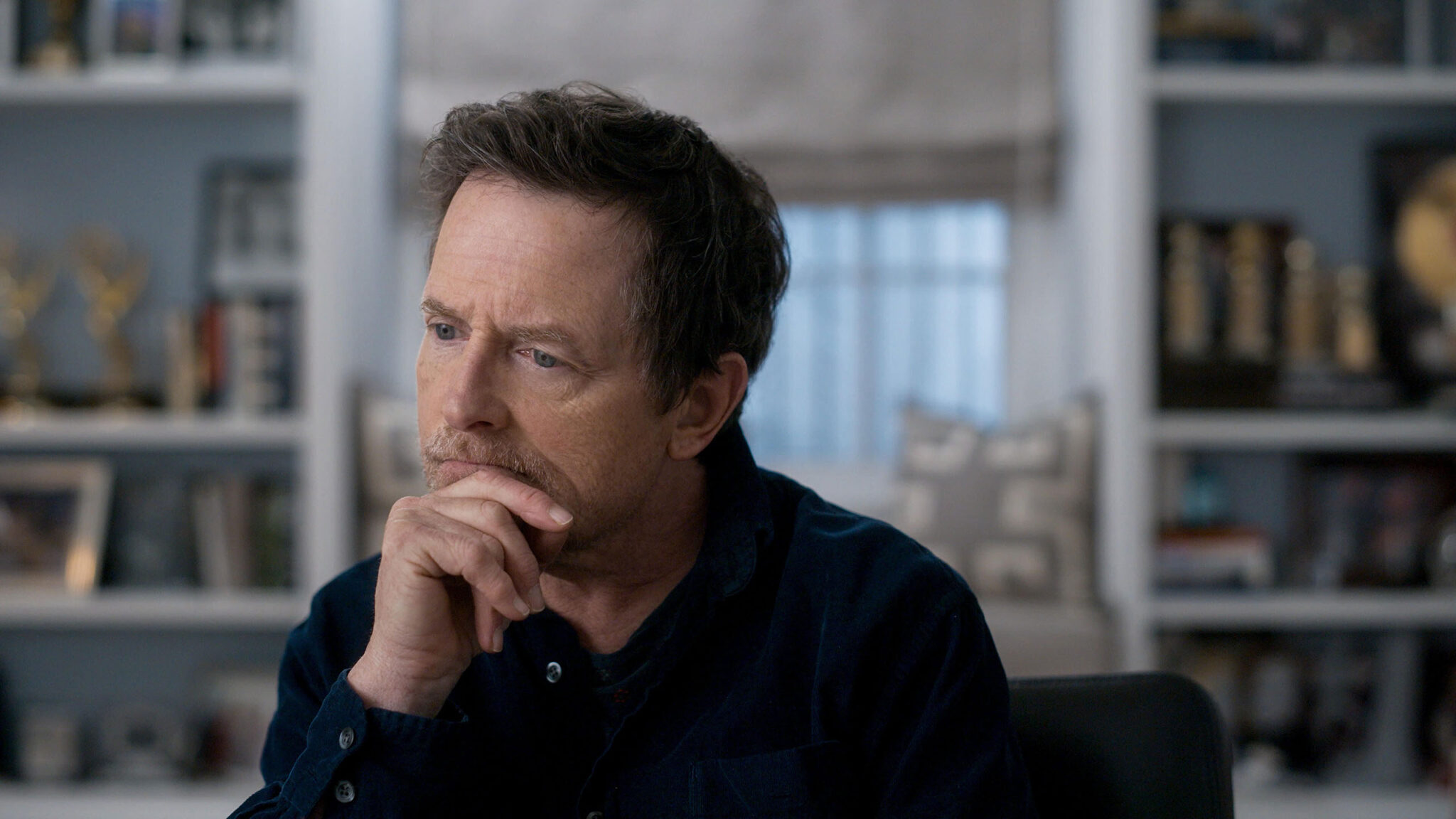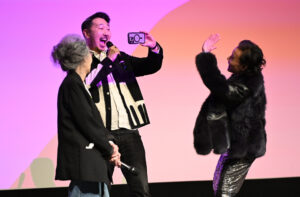One of the most exciting things about starting each year with the Sundance Film Festival is having a front-row seat for the bright future of independent filmmaking. Captivating stories, soon-to-be iconic shots, and timely cinematic conversations are all cornerstones of the 2023 Festival slate — and those are all birthed from the hearts and souls of these filmmakers. That means that this year we have the privilege of being introduced (or reintroduced for returning filmmakers) to the artists behind 111 features, 64 shorts, and four indie episodic projects.
And while we learn a lot from the art that these storytellers share with us, there’s always more we can learn about these filmmakers as people. This year we decided to get to the bottom of those artistic wells with our Backstory questionnaire!
“In 2006, I brought An Inconvenient Truth to the Library Theater at Sundance. I was cautioned by an executive on the project not to get my hopes up,” says Davis Guggenheim, recalling his past with the Sundance Institute and Festival. “In many ways, it feels like my creative life was launched on that day.” And while he is a storyteller by trade, Guggenheim isn’t exaggerating at all. That documentary, which featured former Vice President Al Gore and his call to fight global warming, went on to win the Academy Award for Best Documentary. Since that self-described launching, the director has been back to the Fest with several projects including this year’s Still: A Michael J. Fox Movie.
Below, learn more about what inspired Guggenheim to reach out to Fox, how he shifted the talking head documentary interview for Still, and his one tip for up-and-coming filmmakers.
What was the biggest inspiration for this film?
Sometimes the best ideas for stories come when you’re not looking. I was reading an interview with Michael in the New York Times about a traumatic fall he’d had, on a day when he was supposed to shoot a Spike Lee movie. It was such a dramatic moment and I loved the way he told the story, especially the tone. It inspired me to start reading his memoirs.
Tell us a memory from the production process for Still.
Very early in the process I decided I didn’t want to have any traditional “talking head” interviews in the movie. It just felt wrong. But as an experiment, I thought it would be interesting to interview Michael J. Fox. I wanted to find a very specific camera angle that allowed us to sit very close to each other, only a few feet apart — close enough that if you get it just right, it looks as if Michael is looking into the lens. It’s not the interrotron, where the director and subject have to communicate through mirrors and glass. Michael and I were looking directly into each other’s eyes. That one shot became the connective tissue of the movie.
What was a big challenge you faced while making this film?
Depicting moments in Michael’s life from the past that were never recorded. Michael Harte, the editor and my creative partner, brought many wild and adventurous ideas for how to do this.
Tell us why and how you got into filmmaking? Why do you do it?
Because I’m not actually qualified to do any other job.
If you weren’t a filmmaker, what would you be doing?
I’d like to think I’d be a pretty good American History teacher, but I’m not sure.

What is something that all filmmakers should keep in mind in order to become better cinematic storytellers?
That the audience needs to be an active participant in telling the story. Sometimes it’s better not to say everything.
What three things do you always have in your refrigerator?
Hot sauce. Lactaid because my stomach is upset from the hot sauce. And Tri-X film.
Early bird or night owl?
Early bird.
What’s the last book you read?
The Candy House by Jennifer Egan
What’s your favorite film that has come from the Sundance Institute or Festival?
Man on Wire is a perfect movie and so is Grizzly Man.







